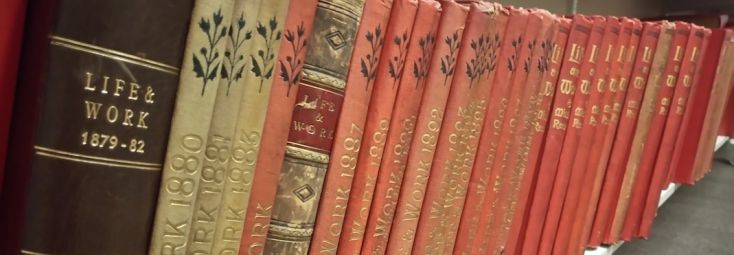
The evening presence of the planet Venus – and it should be remembered that ‘planet’ is equivalent to ‘wanderer’ – means, of course, that its dropped light form should be visible in daylight due south by the keen eyes observer or to the person with binoculars approximately due south shortly after two o’clock in the afternoon. This is just the circumstance which gives rise to the old controversy as to whether Venus was the bright star which guided the shepherds of old to the birthplace of Christ with its message: “Glory to God in the highest, and on earth peace, goodwill towards men.”
Certain astronomers have calculated – as they can do with an element of precision and accuracy which amazes the man in the street – that Venus could not have been the Star of Bethlehem, but other opinions favour a different point of view – that if the Star of Bethlehem was not Venus, then what other heavenly body could have shone with such brilliance other than Venus? In any case, whatever the opinion, Venus shining with increasing brilliance on the later December evenings this year will bring a special sense of realism to the Christmas scene.
In contrast, all the other normally easily identified planets – Jupiter, Mars and Saturn – will be in the morning sky at Christmas this year and will be making their own modest contributions to the seasonal atmosphere.
Website by Adept